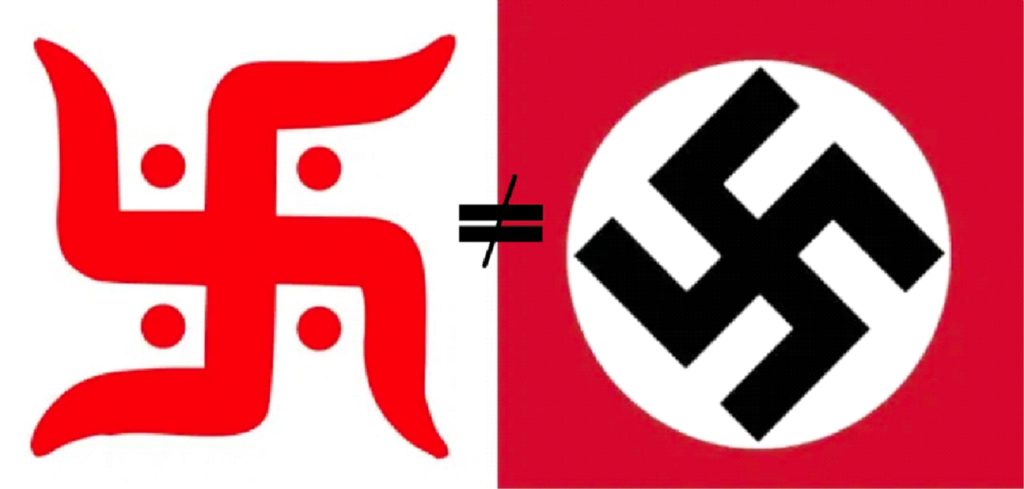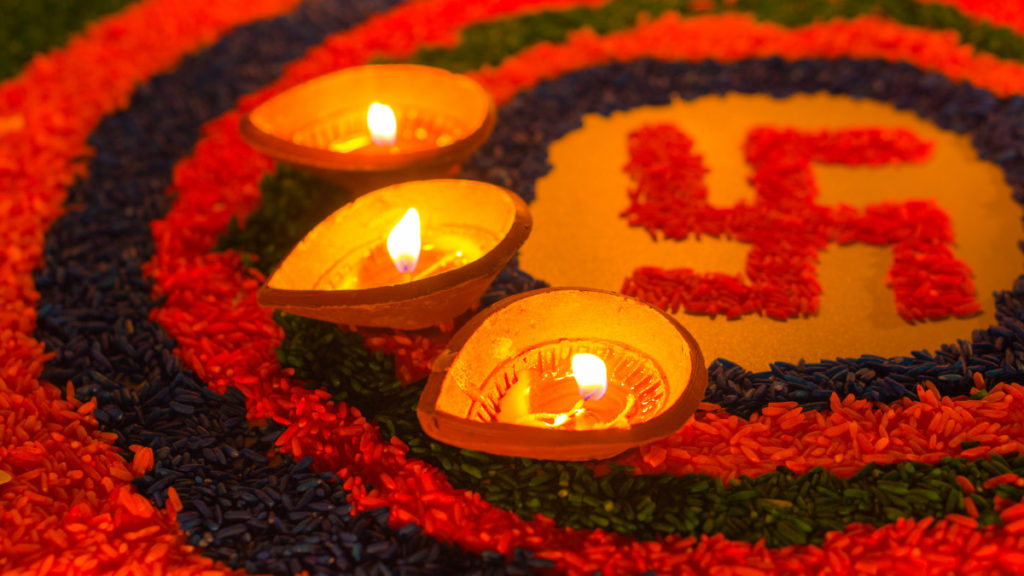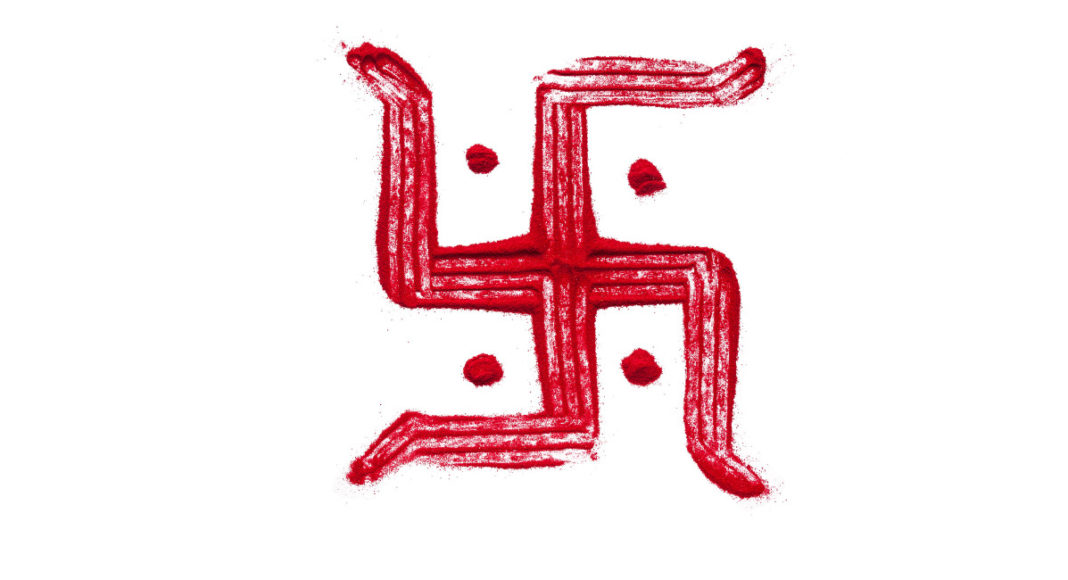The rights of Hindus to display a Swastika were recently preserved and protected by a significant piece of legislation that was passed in the NSW Parliament.
The NSW legislation deals with the banning of Nazi symbols which the Hindu community unequivocally welcomes. Similar legislation has been passed in Victoria and a bill has been introduced in the Queensland Parliament for the same.
The Hindu Council of Australia and several prominent members of the Hindu community across state lines worked with the Jewish community and Governments to ensure that the state legislations do not ban the display of the sacred Hindu symbol Swastika (also considered sacred by Buddhists, Jains and Sikhs).
The Nazi symbol Hakenkreuz is often referred to as the Swastika in several western countries even though there seems to be no record of Nazi leader Adolf Hitler himself ever using the word Swastika in his speeches or in writing. Neither does there seem to be any mention of the word Swastika in Hitler’s autobiographical manifesto Mein Kampf while the word Hakenkreuz is mentioned several times in the book.
On the other hand, there is evidence to suggest that the Hakenkreuz was mistranslated to Swastika when Mein Kampf was translated from German to English. However, the continued usage of the word Swastika to refer to the Nazi symbol Hakenkreuz is a matter of serious concern for many in the Hindu community.

Among those who gave input on the NSW legislation are Pallavi Sinha, Principal Solicitor Lawyers with Solutions & President Global Diverse Connections and Dr Yadu Singh of Federation of Indian Associations of NSW (FIAN) who advocated for appropriate wording of the legislation.
“The Crimes Amendment (Prohibition on Display of Nazi Symbols) Act 2022 amended the Crimes Act 1900 to provide important, additional safeguards against hate speech and vilification in NSW. We supported the introduction of an offence of displaying Nazi symbols. However, we submitted that the first draft of the Bill was inaccurate and counter-productive, as it associated the Swastika with a Nazi symbol”.
Ms Sinha said that they suggested to the Department of Communities and Justice, changes to the wording to the amendments that clarified that the display of a Swastika in connection with Buddhism, Hinduism or Jainism does not constitute the display of a Nazi symbol.
“It’s good for the community that these suggestions were adopted as the Swastika has significant religious, cultural and/or historical meaning for innumerable years. I thank the NSW Government, especially the NSW Attorney General Speakman and the NSW Multicultural Minister Coure, and all departments and organisations that were involved with drafting the Bill”.

Dr Singh of the Federation of Indian Associations of NSW says that the Hakenkreuz should never be confused with the Swastika.
“The Swastika is a living enigma for the Hindus in addition to others which displays auspiciousness, wealth, good fortune, the sun, the circle of life and has nothing to do with the Nazi insignia of hate, fascism and supremacy. The Nazi symbol is called the Hakenkreuz (“Hooked cross”), and should never be confused with Swastika.”
“Concerned about the potential harm to our peace-loving community from an improperly drafted law, we reached out to the NSW government with our inputs and suggestions including Opinion Pieces on Swastika. We are pleased that NSW Government has given sufficient importance to these views from us and others”.

Ms Sinha also commented that a joint submission made by her and Dr Singh to the NSW Government has advocated for the establishment and implementation of extensive education and awareness campaign about the Swastika, and the difference between the Swastika and the Nazi symbol Hakenkreuz, to relevant stakeholders such as members of the public, the police, law enforcement agencies and to those administering justice.
If any of our readers want to express their opinion on this issue and want their views to reach the NSW government they can email Pallavi Sinha at globaldiverseconnection@gmail.com




